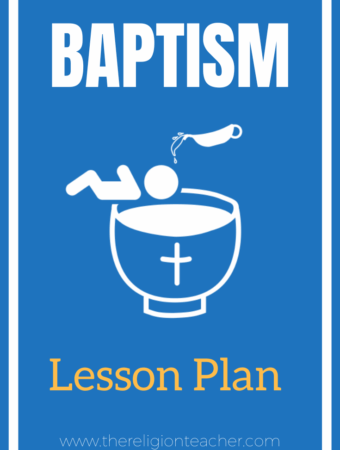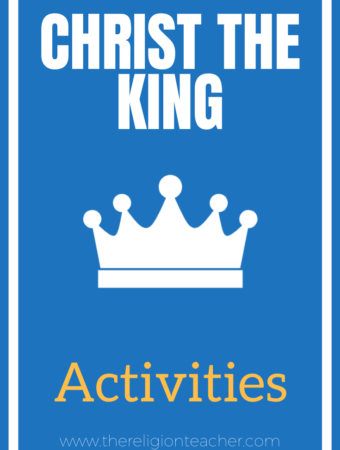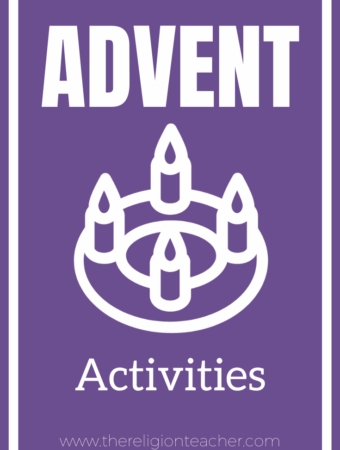I’ve written often on this site and in my eBook about the importance of writing out learning objectives for your students. These learning objectives, or lesson objectives, set a goal for your students to reach during the course of the lesson. It allows you as a teacher to focus only on the teaching strategies and information that will help the students master the objective(s) for the lesson.
What makes a learning objective “passive”?
A “passive” lesson objective uses a verb that doesn’t describe what a student will actually be able to do or master during the course of a lesson. Instead of placing the focus on what the students will learn, it focuses on what you will teach. For this reason lesson objectives are started with the acronym SWBAT, which stands for “Students will be able to. . .” It is essential in today’s world to focus on student learning and to see yourself as a facilitator of learning, not the center of the classroom.
Three Examples of Passive Learning Objectives
1. Understand
This, unfortunately, is one of the most commonly used learning verbs. It is very easy to just describe what you will teach and expect a student to understand during the course of a lesson. However, how do you measure or assess understanding? Understanding something doesn’t actually suggest that a student to do anything to show that understanding. Many teachers will recognize this word from the popular instructional design program called “understanding by design.” In this program, teachers are asked to “teach for understanding” of big ideas and essential questions. Their definition of understanding is more descriptive than what I mean here. Understanding seems to be the broad goal in education and not the standard for learning objectives. If you are a UbD teacher, I’d be happy to hear your thoughts on this word and be corrected if I’m wrong.
2. Learn
To reiterate, these verbs are passive because they focus on what the teacher does as a teacher not what the student does as a learner. Learning is what happens in a lesson, but how students exhibit learning is another matter. To assess learning, we need to focus on actions that show learning. The problem with “learn,” therefore, is that it describes what students will do on the way to achieving some goal. In the Learning PROCESS, therefore, “learn” in the context of a lesson objective seems to refer to “Receive” more than any other aspect of the learning process.
3. Know
How many times have your students said to you, “but I know this stuff,” only to do poorly on a test afterward? For example, when you ask students to “know the difference between the Gospels of Mathew and John,” they might memorize the description of the difference you gave them (a lower level of learning) but they may not be able to “compare and contrast” or “differentiate” as an active way of expressing the differences that they have learned (Critical Thinking).
Alternative Active Learning Objectives
I have provided a full list of suggested learning objectives in The Religion Teacher’s Guide to Lesson Planning or you can see the my list of SWBAT verb examples on the blog.
Here are some suggestions for verbs you might use instead of understand, know and learn:
- Describe who, what, where, when. . .
- Explain how or explain why. . .
- Summarize. . .
- Describe the key parts of. . .
- Describe the ways in which. . .
- Differentiate, Compare and Contrast (i.e. understand the difference)
(photo credit: Robert S. Donovan)



Great post and I liked your alternative action learning objectives. I tried to stay away from the “memorization” type questions this year and most of my assignments & test questions started with the verbs you listed, ie describe, explain, compare/contrast etc. I found that students may not have been able to remember all the specific differences/similarities between the 4 Gospels, but at the very least they understood why there are differences and similarities and why it’s important.
Thanks Elise! It is easy to forget that we teach more than just facts and information. The fact that they “understood” there was a difference is very important in gets to what the UbD guys refer to as “enduring understandings.” Regarding the test questions, great job. All too often we teach things that are challenging then assess basic memorization skills.
“may not have been able to remember all the specific differences/similarities between the 4 Gospels”
Ehhh…me neither.
As a proponent of UbD, I would like to respond to your post regarding “understanding” as a passive learning activity. Understanding is the broad concept, as you say, but it is measured by the eventual transfer objective which is measurable as well as by the learner characteristics or facets of understanding (most of which match Bloom’s and Marzano’s taxonomy), and therefore, very measurable.
Words such as “explain, apply, interpret, compare, evaluate, connect” are not passive objectives, nor are the knowledge and skills components which articulate in detail what students need to know and be ab le to do in order to demonstrate understanding, navigate the essential questions, and apply/transfer to a new context.
If a student can describe a concept, but never develops an independent understanding of it through which he’/she is able to apply it in various contexts and situations, then, quite possibly, this is the description that has been gleaned from recall and may result in this student being the one in the seat a year later when the subsequent teacher asks, “Weren’t you taught that last year?” Lack of understanding often results in this commonly heard refrain. It’s not that students who learn using a UbD paradigm do not forget or go fuzzy, year to year, they are students after all. Rather, it’s that if they understand, that understanding can be tapped and re-ignited, as well as moved to newer levels or different, deeper nuances as the growth is spiraled through a student’s developmental continuum.
Maria, I’m so glad you added a comment here. I have been so impressed with your school’s application of the UbD model. The way you describe “understanding” here makes so much sense especially in the context of the Understanding by Design program.
What I’m referring to here is in the context of a lesson, make sure you set a goal for students that you can measure and adjust learning activities to reach. What I think you are referring to (and what UbD focuses on) is ensuring that the seed of an enduring understanding is planted within each student so that in the future they have an “understanding” of a concept so they can apply it. I don’t know enough about UbD to know how you measure that, but to be honest this is the humble approach all religion teachers need to take right? We can’t really measure how young people apply what they’ve learned in religion to their real lives with moral choices and the development of a spiritual life.
Thanks Maria!